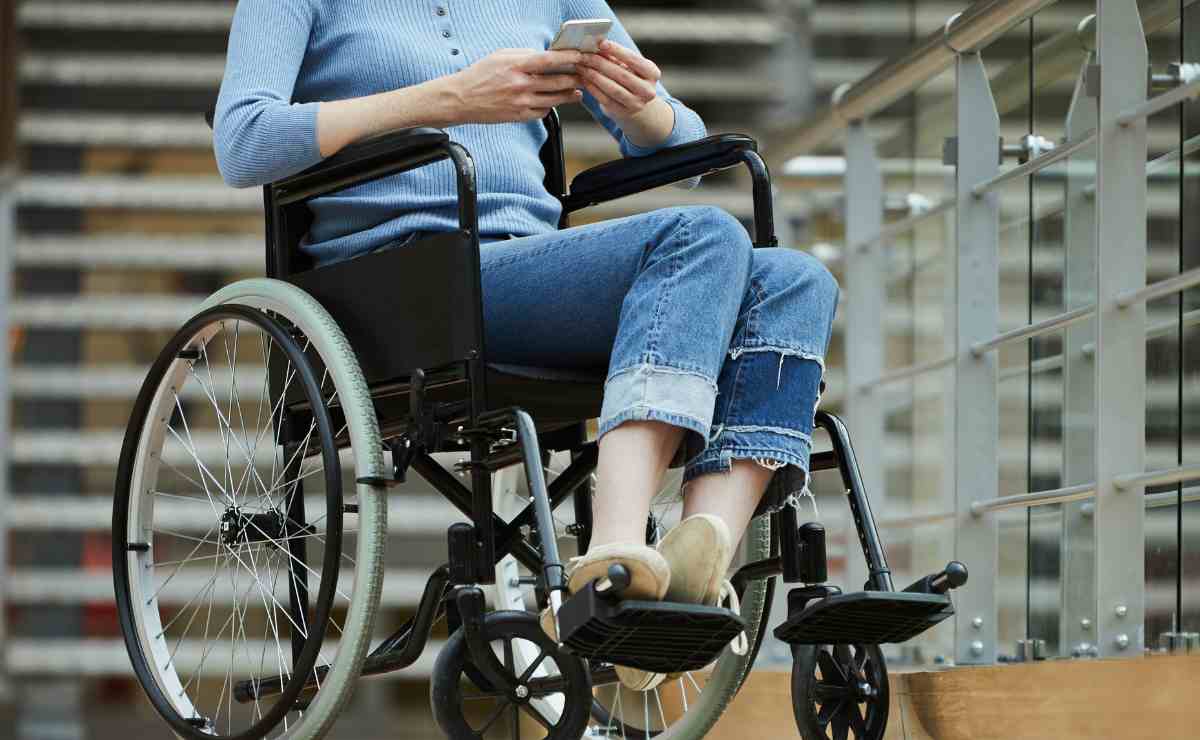Disability benefits are essential when a disability prevents you from working. Social Security allows you to apply for SSDI and SSI. Therefore, some people may receive both of them at the same time if they qualify.
However, you should find out if you qualify for SSDI before you apply. SSDI is only for those workers who have a qualifying disability and have paid enough payroll taxes to Social Security.
HOW DO I KNOW IF I HAVE ENOUGH WORK CREDITS TO GET SOCIAL SECURITY DISABILITY INSURANCE?
For example, to file for Social Security at 60, you must have worked for at least 9.5 years in jobs covered by SSA. This is the minimum number of years of work you need to qualify for SSDI at 60.
If you are a young worker with a disability, you may qualify with fewer years of work. For instance, if you are 30 years old when your disability appears, you must have worked and paid taxes for at least 2 years to get SSDI.
Another simple way to learn if you qualify for Social Security Disability Insurance is to get a Statement. This Statement will show you eligibility for retirement, SSDI among many other necessary benefits.
WHO QUALIFIES FOR SSI PAYMENTS WHETHER YOU GET SOCIAL SECURITY OR NOT?
To get SSI payments, you must have a low income. Therefore, the Social Security Administration will make sure you have no or little money on hand. What is more, it is necessary you have little or no earnings.
Apart from income, Social Security will require applicants they are at least 65 years old, have a disability or are blind. If you do not meet all these requirements, you will not be eleigible.
Summing up, if you have a large SSDI check, you may not qualify for SSI. However, if you get no SSDI or it is too low, you may also get SSI at the same time. SSDI payments are $1,537 on average and SSI about $698.




